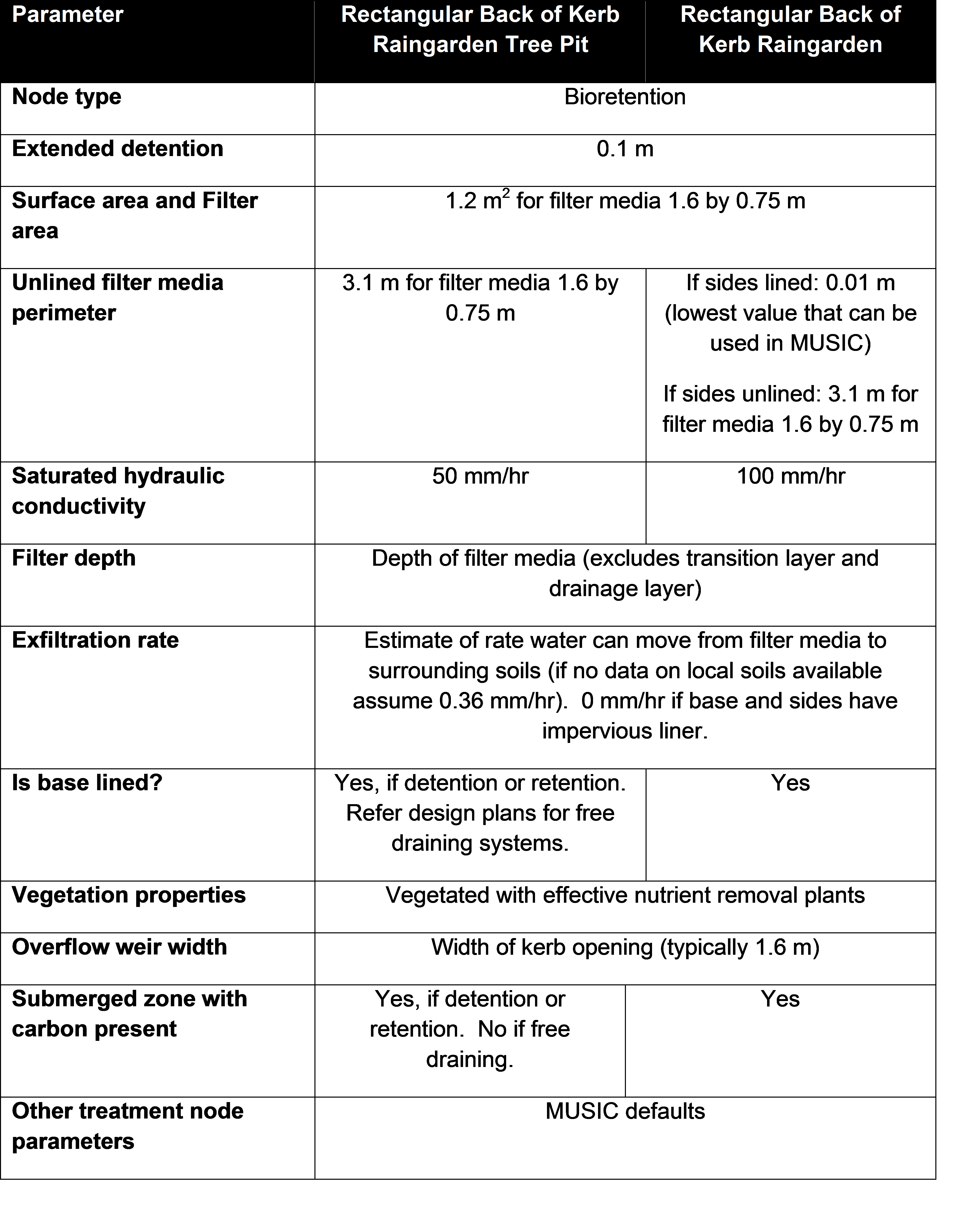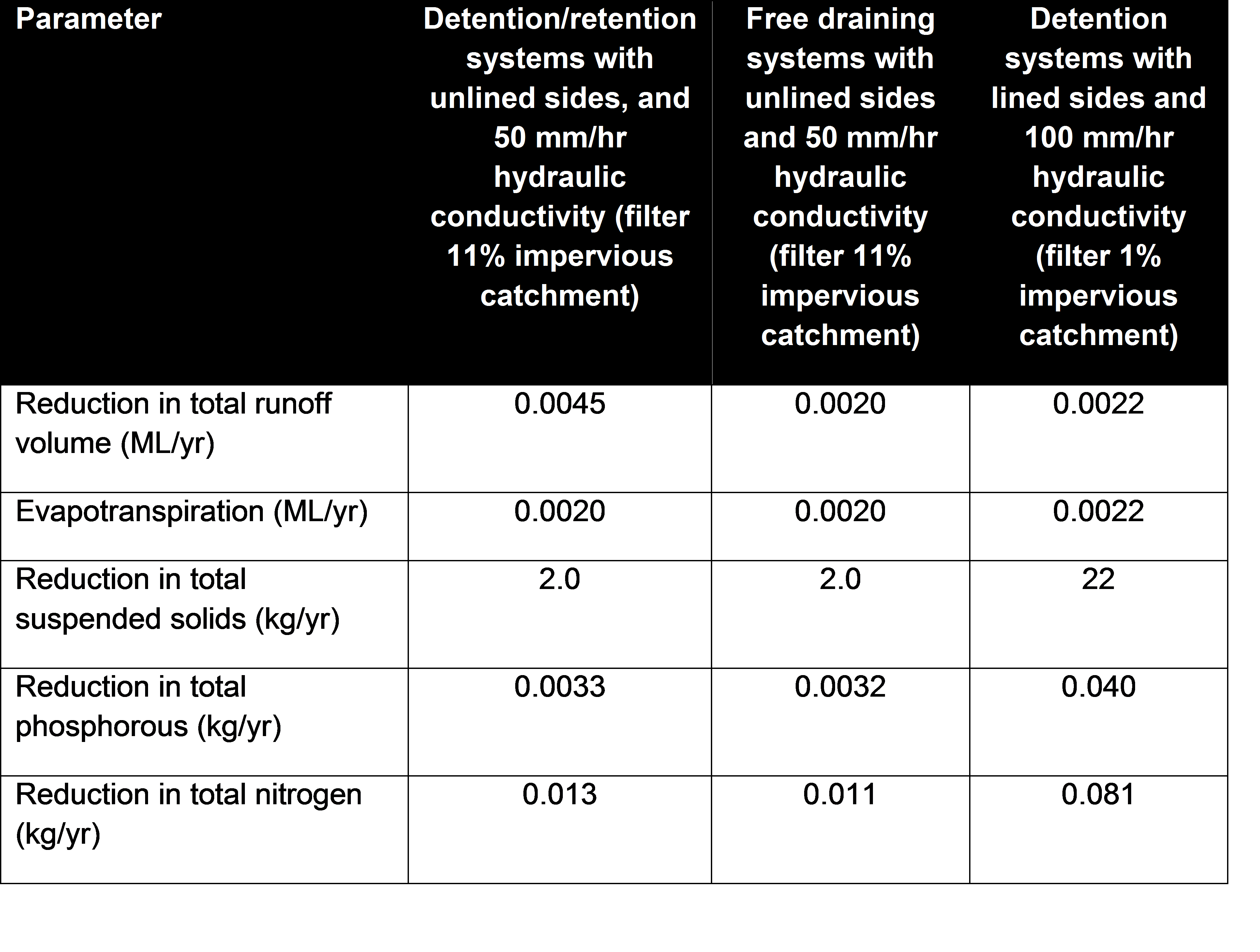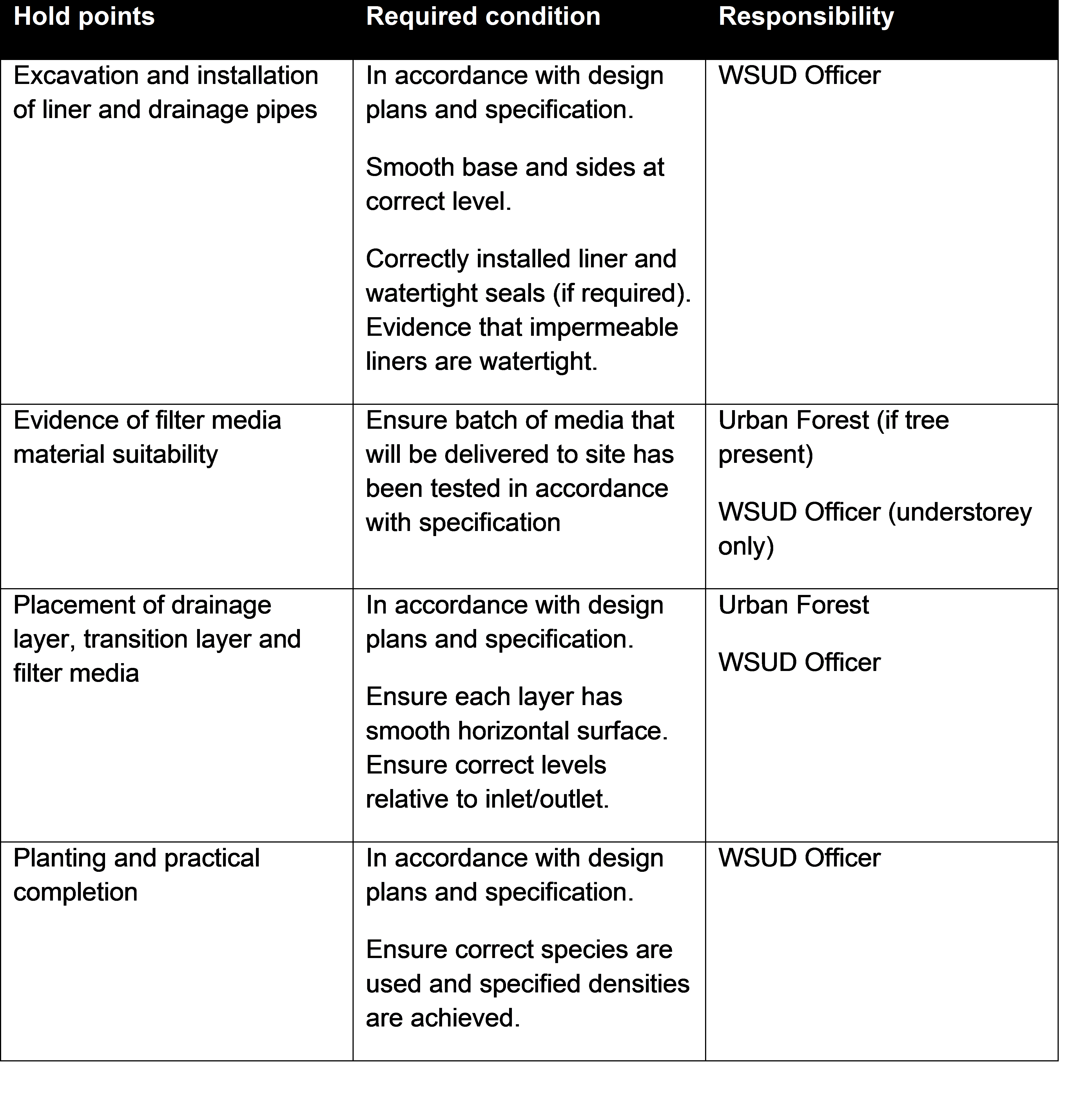Typology 2 – Rectangular back of kerb raingarden
Rectangular back of kerb raingardens are suitable to use when there is at least 1.2 metres of space behind the back of kerb that is not essential for pedestrian movement or other street functions.
Stormwater flows directly from the gutter into the raingarden, percolates through the soil and is collected in perforated pipes in the base. The soil is set down to allow for temporary ponding.
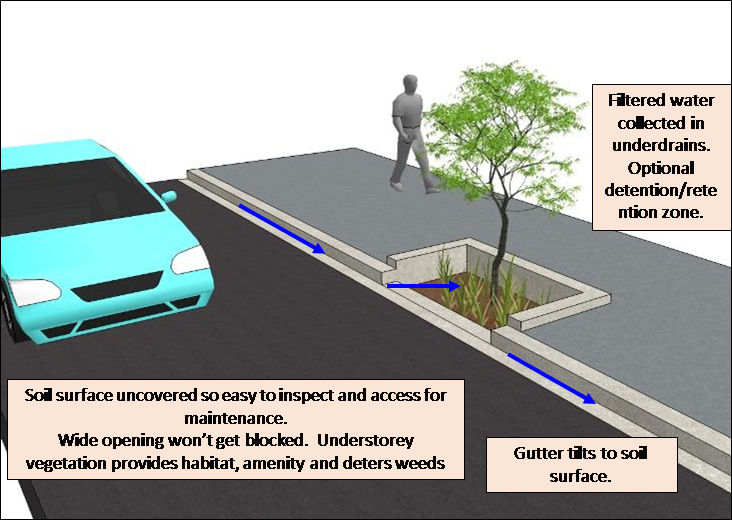
The purpose of this information is to assist you in developing your Blue Green Infrastructure project. Some of the drawings associated with this typology are not yet included in the Engineering Standard Drawings. We are currently identifying sites for potential trials. You will need work with our Infrastructure and Assets team and Urban Forest team to finalise your design and obtain relevant approvals.
- Raingardens

